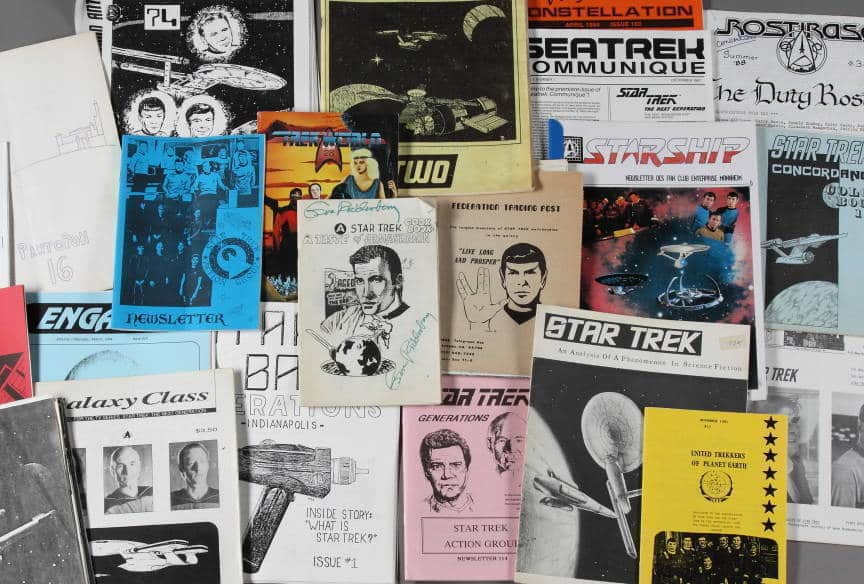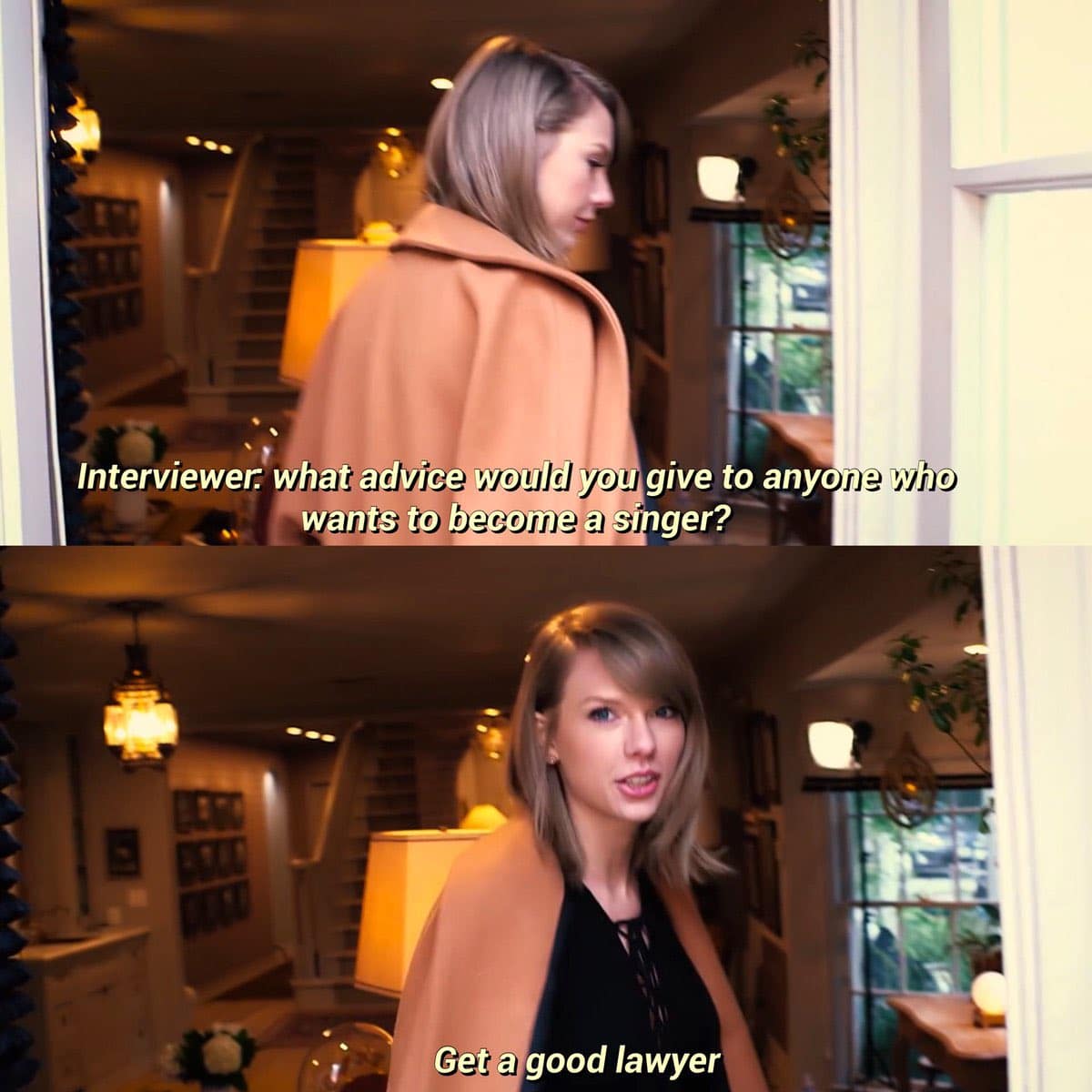
If you’re in the Amazon KDP business and looking for a niche, chances are you’ve got a couple dozen already lodged into the folds of your brain.
“You can’t remember my birthday,” my wife says, “but you know all the dialogue from ‘Dawn of the Dead’”. I claim no expertise in many things (ask my wife about my handyman skills), but the 1978 epic sequel to George A. Romero’s 1968 zombie classic “Night of the Living Dead” is not only my all-time favorite horror film, but one of my top 5 favorite movies of all time. In fact, I could make a book about all the facts.
Chances are, you could use your expertise as a fan of a particular topic to put together an activity or trivia book as well. But should you?
WHAT IS LEGALLY A “FAN TRIBUTE”?
Fanfilms, fan fiction, fan art and fan material of any kind have walked a fine line at least since the early days of “Star Trek” in the 1970s. Shortly after the original series’ cancellation in 1969, the cult of fans still hungered for stories of the Enterprise crew, so they wrote their own short stories and passed them around at conventions or offered grainy photocopies for the price of a self-addressed, stamped envelope.
As it helped stoke the fires of popularity, Paramount tended to look the other way, even through the decades following, during which enterprising (sorry) fans made their own “continuing voyages” episodes on video, using sets, models and effects on par with the 60s show. This trend extended to “Star Wars”, “Harry Potter” and other franchises and continues to this day.
The vast majority of these exist even if they break the letter of copyright and trademark law because most of them are hobbies that the makers do not profit from.
There are two views here: one is that of the studio, which in many cases see these as an extended version of cosplay; the other is that of the fans, many of whom feel a sense of ownership over characters that they love. It is a fragile peace, and one that can fall apart if one side makes a move that threatens the other side.
In the world of no/low-content KDP books, it is a peace dividend that can be enjoyed as long as you are careful.
In an earlier blog, we suggested the use of trivia of factoids about a topic to enhance pages and get around the “repetitive page” dictum that Amazon recently applied. We suggested that journals and planners include a fact – even a simple sentence – about the topic on each page. This not only reclassifies the project from “no” to “low-“ content, it converts the project into a dual use item: both a tool and a source of entertainment.
One level up for planners can be adding calendars, with dates of importance to genre fans noted on the proper days.
Note that we use the word “topic”. To be safe, we are referring to types of subject matter. Genres, styles, historical eras. They may include specific intellectual properties, but more as “coverage” of them rather than trading on them individually as a revenue source.
“SWIFT” JUSTICE?
Going one step further would be theming each page to the subject or genre – keeping enough of the page empty so that the customer can write in their own thoughts or test their own knowledge about the topic. Taylor Swift is undoubtedly a force of pop culture nature, so it was inevitable that a cottage industry would form around her fandom.
We found two examples of low-content books specifically naming “Swifties”, as her fans call themselves, in their titles. The first is a journal in the style of a scrapbook, with each page featuring original or copyright-free imagery (music notes, guitars) and bright/pastel color palettes that will appeal to tween audiences. It uses the singer/songwriter’s work to inspire positivity – directly asking the reader to equate their own life experiences to lyrics in her songs or to be creative or to expand their social circle.
The second is a classic activity book, with crosswords, scrambles, word searches and coloring pages. The format is not original, but what makes it work is the publisher’s deep knowledge of the subject populating the solutions to the puzzles within. One element that allows the reader to express themselves like a journal is a section where Swifties can rank their top 200 Taylor Swift songs.
Sounds too good to be true from a legal standpoint? Well, there’s a reason why we’re not linkng to or even showing the actual works themselves…
HOW BIG IS YOUR TRADEMARK LAWYER?
It’s easy to assume that, if it’s safe to use “Trekkie” to describe a “Star Trek” fan (the word is not trademarked), the use of “Swiftie” is protected as well. We suggest you “shake off” any sweeping judgments to that effect.
Taylor Swift’s Company, TAS Management, has successfully registered the word for several categories, most applicably for our purposes, “notepads; note paper; writing paper; writing paper; writing paper pads; blank journals; blank writing journals…”
The word “blank” is what will make creating “Swiftie” books a challenge. Now, the above examples are not what we (or Amazon) would consider “blank”, as all the pages contain content and are not repetitive.
However, it may come down to what a court of law defines as “blank.” And this is where it gets tricky for the small or home-based entrepreneur: you and I may look at the pages in the above books as not blank, but a clever copyright/trademark lawyer probably has reason to challenge that on the basis of the pages being intended to be filled in by the user. If TAS’ attorney’s decided – for whatever reason – that they wanted to remove the above items on the basis of being “blank journals” – they are within their rights to make that challenge. In fact, it is within anyone’s legal right to challenge anything, right?
In our case, fellow entrepreneurs, it is the challenge itself that could not only destroy the project, but potentially cause catastrophic financial damage. As we have seen time and time again, large enterprises have banks of attorneys specifically to protect the finances of the enterprise. The expense of certain levels of litigation may be a rounding error for the corporation while also being equivalent to the outstanding mortgage payments on an entrepreneur’s house.
In sum, if you want to pursue a no- or low-content book project around a well-known personality or intellectual property, know that – whether you may be legally right or wrong – you swim in shark-infested waters. The mere possibility of being outspent in legal fees is enough to give anyone pause. “My lawyers are bigger than your lawyers,” is a phrase I have often used.
WHERE IS THE LINE?
First, let’s be clear: any “unofficial” or “off-brand” project is a grey area, and it is our opinion and belief that they exist at the largesse of the intellectual property owner. For every hundred “Star Trek” fan films, there is one that will bring in enough revenue for the IP holder to sue it out of existence. No one know the boundaries of the grey areas but the IP holders, and we certainly do not claim any expertise or knowledge of them.
The first step is always to check the trademark status. Before spending any time on an idea similar to the examples above, check the trademark status of the topic you are interested in. Once you know whether the name is trademarked, then you should also know that you cannot legally use it for any commercial enterprise.
In short, there is a big difference between a topic and a trademarked intellectual property. One could easily make a journal for fans of horror movies with trivia and tidbits on each page, even including some of my “Dawn of the Dead” knowledge – the book would not be selling itself as a “Dawn of the Dead” product. However, if I made a “Dawn of the Dead” journal, with nothing but content about the film, I could easily invite a solid legal challenge from the IP owner.
If it helps at all as a guideline: we recommend simply staying away from any grey areas so that we can sleep at night with our KDP account intact.


